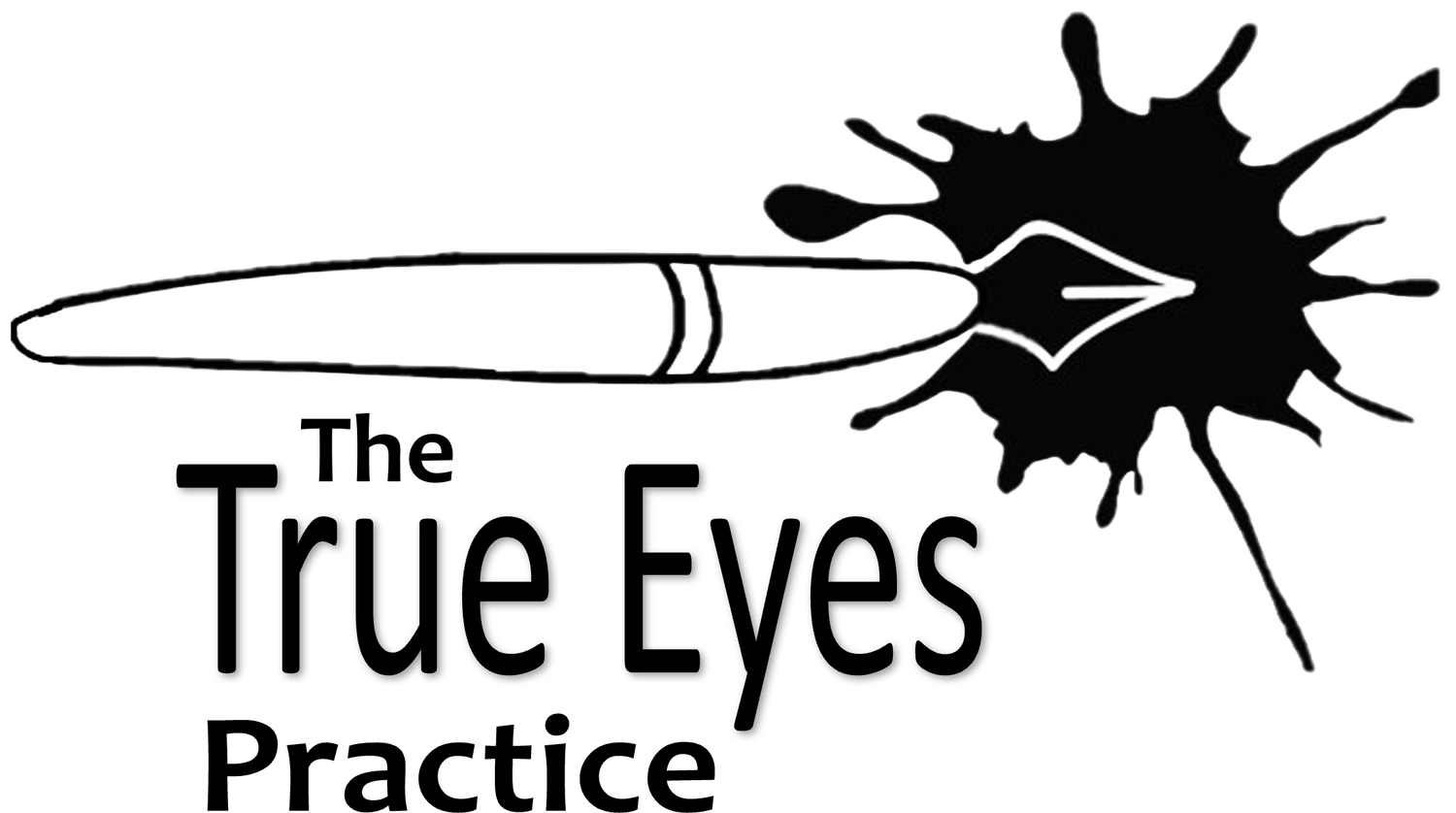Pricing Type 3: Using Your Gut
I’m writing a series of blog posts about how to charge as a creative. First, I wrote about charging an hourly rate. Next, I wrote about developing your pricing after researching how others charge. This post is about a third way; using your gut to price your work. This can also be effective.
Can I make an informed decision when listening to my gut?
You can help your gut make an informed decision by selling something. Getting experience by actually selling your work can be the best way to figure out pricing. Especially when using your gut to price.
Be careful, though
Just watch out who you sell to. You can collect completely erroneous information by selling things to family and friends or just the wrong people altogether, ranging from “I’d pay big bucks for ANYTHING you do to our friends at art fairs who say, “That’s not art. My kid/your kid/my dog/I could do that.” Unless the fair is juried and held in Beverly Hills, the people who attend art fairs think everything should cost less than $10.00. That’s where you may hear the “I could do that myself” nonsense which will make you want to scream, “WHY DON’T YOU THEN??”
We have difficulty understanding our own value. That’s why two-dimensional and three-dimensional artists think they died and went to heaven if a gallery agrees to sell their work. They think they’re off the hook and they can simply make their art without worrying about money. A savvy gallery owner/tour manager/agent/artist rep can be a great asset, but she can’t solve the visibility or worth problems. That’s on us.
If you want to use your gut to price, do it this way.
- Pick something you do or make and set a price for it.
- Check your gut.
- If your gut says, “Sure, that’s fine,” then raise the price and check again.
- If it says, “Oh HELL NO,” then lower it and check again.
- If it says, “Okay, maybe. Scary. But possibly do-able,” then that’s your price.
Pick one method and try selling your work/idea to someone. No matter what happens, get feedback. If they bought or if they didn’t, find out why. Your goal isn’t to get them to buy. It’s to begin talking to people who might be your People, who want and need what you make.
